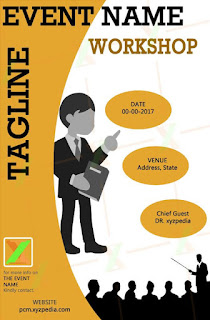Gandhi's Champaran, Ahmedabad and Kheda Satyagraha (1917-18)
CASE - 1
Place –
Champaran, Bihar
Time - 1917
Problem –
European Planter force Indian cultivator to grow indigo on the 3/20th part of their land(Tinkathia system). The problem increases when at end of 19th-century synthetic dye evades out indigo out of the market. Indigo was no more profitable for European Planter so they themselves were not willing to deal in indigo. But they enforce illegal dues as a price on Indian cultivator in order to release from Tinkathia.
Mechanism –
Gandhi conducted a detailed inquiry of condition of Peasantry and forced the government to appoint a committee on which Gandhi served as a member.
Conclusion
On the report of the inquiring committee, illegal dues were abolished and some wages of cultivator were also returned.
Peoples Associated –
Rajkumar Sukla – A local man, who follow Gandhi all over the country to pursued him to come to Champaran and solve the misery.
Rajender Prasad, Mazharul-Huq, JB Kriplani, Mahadev Desai – They all accompanied Gandhi all over this case.
CASE - 2
Place - Ahmedabad, Gujrat
Time – Jan, Feb & march 1918
Problem –
The Ahmedabad’s mill workers were in great problem due to plague and inflation. They want an increase in their wages but the mill owner was ignoring them.
Mechanism –
Gandhi Inquired the Demand the Demands of Mill Worker and found them Justiciable. So he advised worker to go on strike and demand 35% increase in wages. On feeling weakness and lack of moral in workers, he himself went on a “Fast unto death” to strengthen the worker moral.
Conclusion –
Settlement reached after 21 days of strike and on Just 3rd of Gandhi fast, mill owner agreed to form a tribunal to look into the case and later to 35% increase in salary of workers.
People Associated –
Ambalal sarabhai’s Sister Anasya behn(main lieutenant of Gandhi)
CASE - 3
Place – Kheda, Gujrat
Time – 1918
Problem –
Peasants of Kheda were in extreme distress due to the failure of crops and plague. Moreover, their appeals for the remission of land revenue were being ignored by the government.
Mechanism –
Gandhi noted that as crops were less than 1/4th of annual yield so peasants should be entitled under the revenue code to a total remission of land revenue.
He organized Satyagrah and asked cultivators not to pay land revenue till demands not met.
Conclusion –
The struggle was withdrawn after the government agreed to take tax from only those peasant who could afford to pay.
People associated –
Sardar Vallabh Bhai Patel(became follower of Gandhi during Kheda Satyagraha)























































